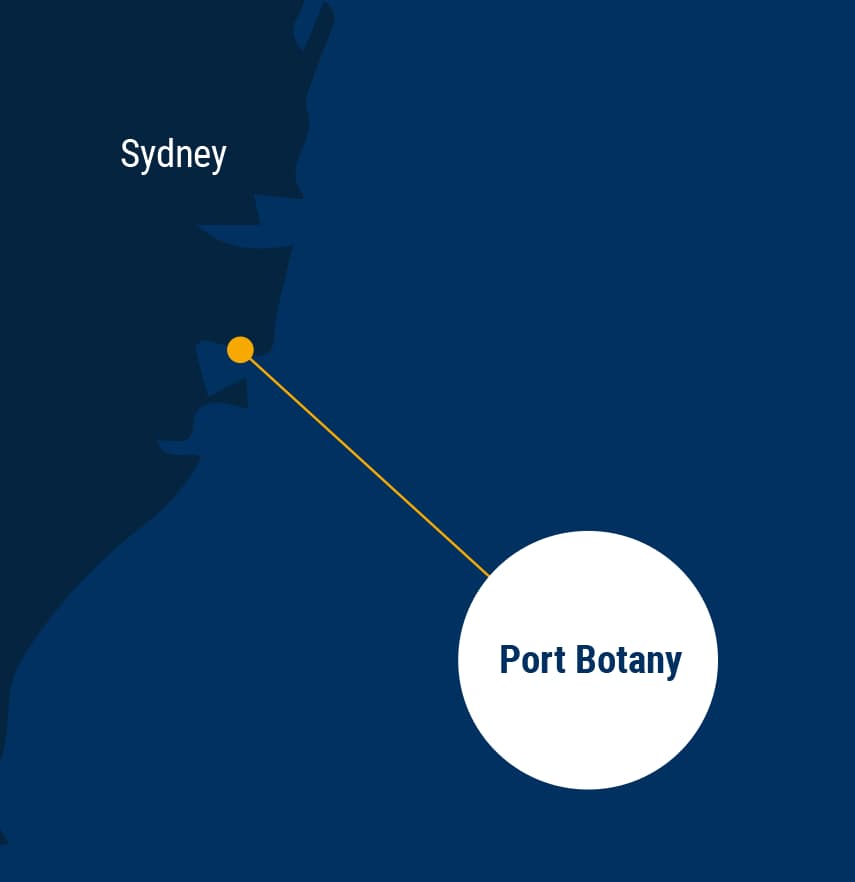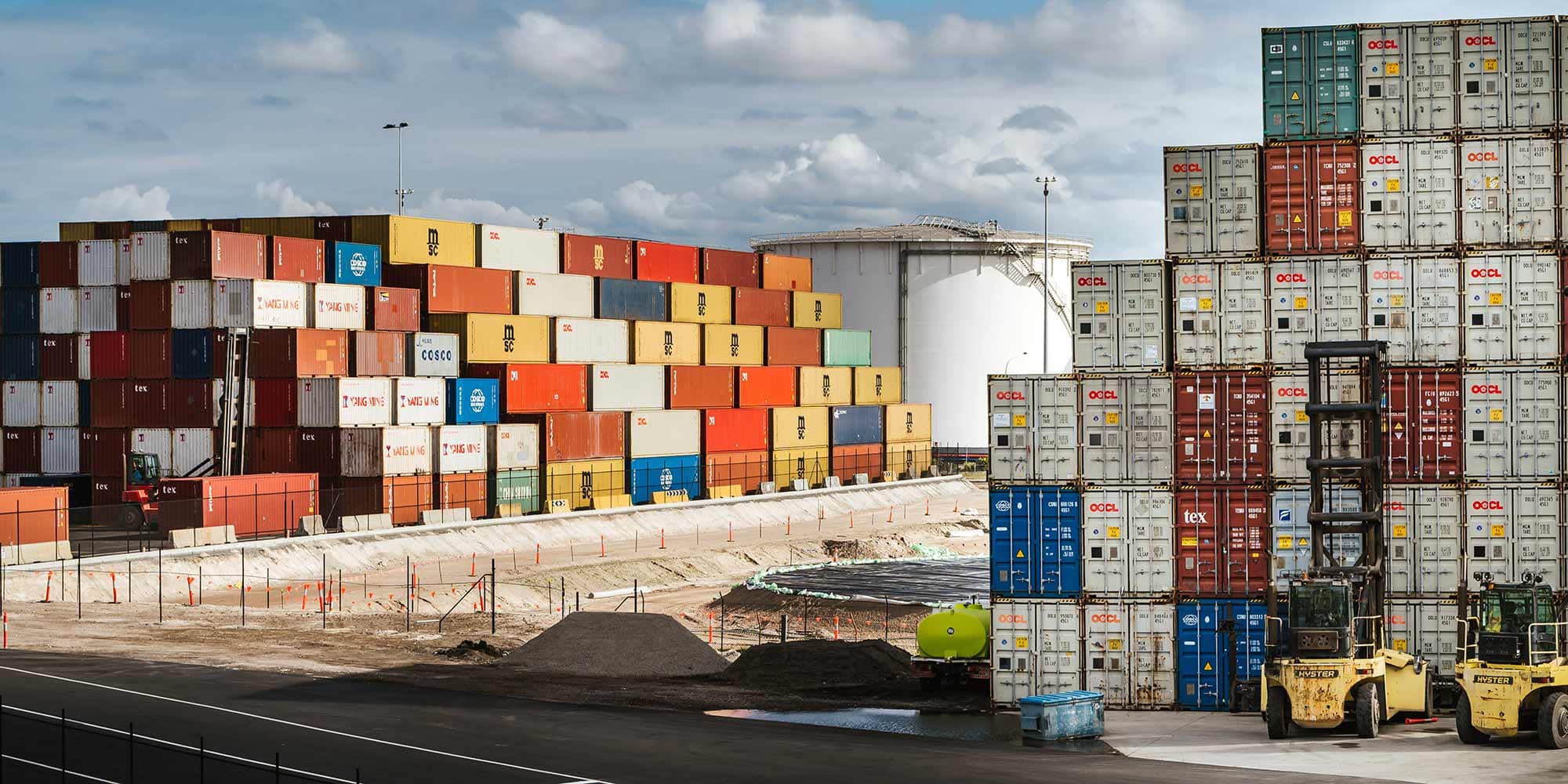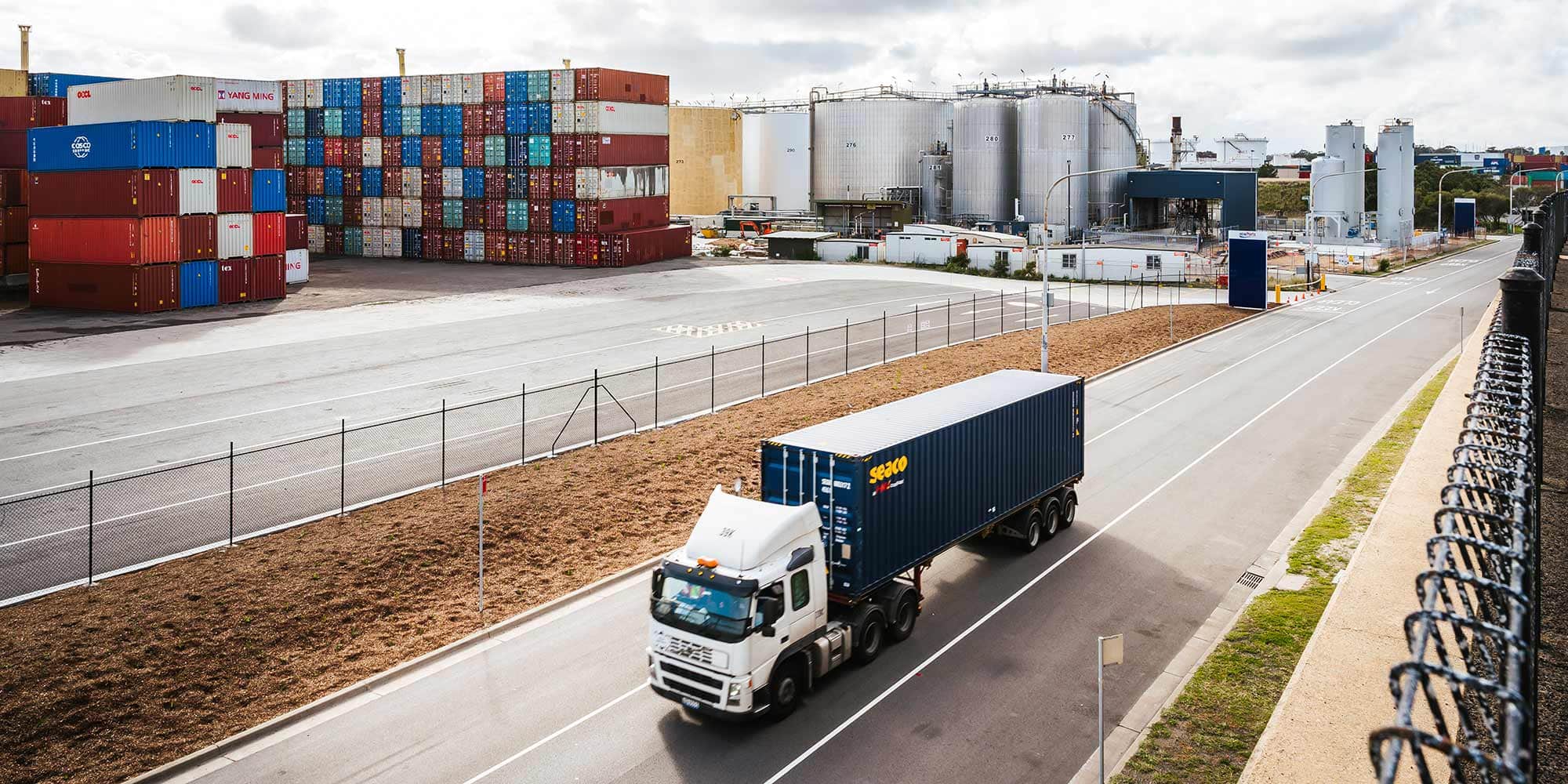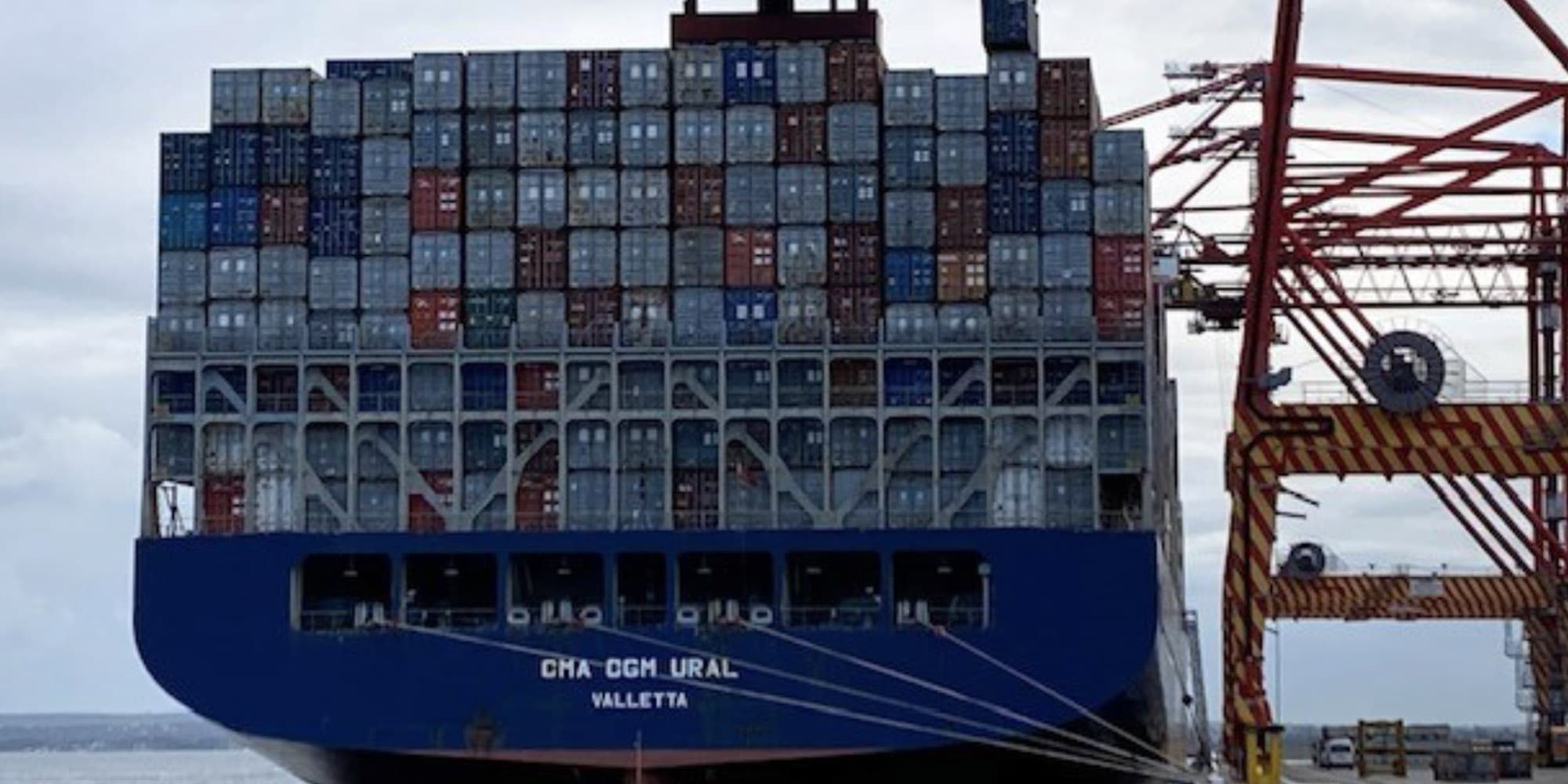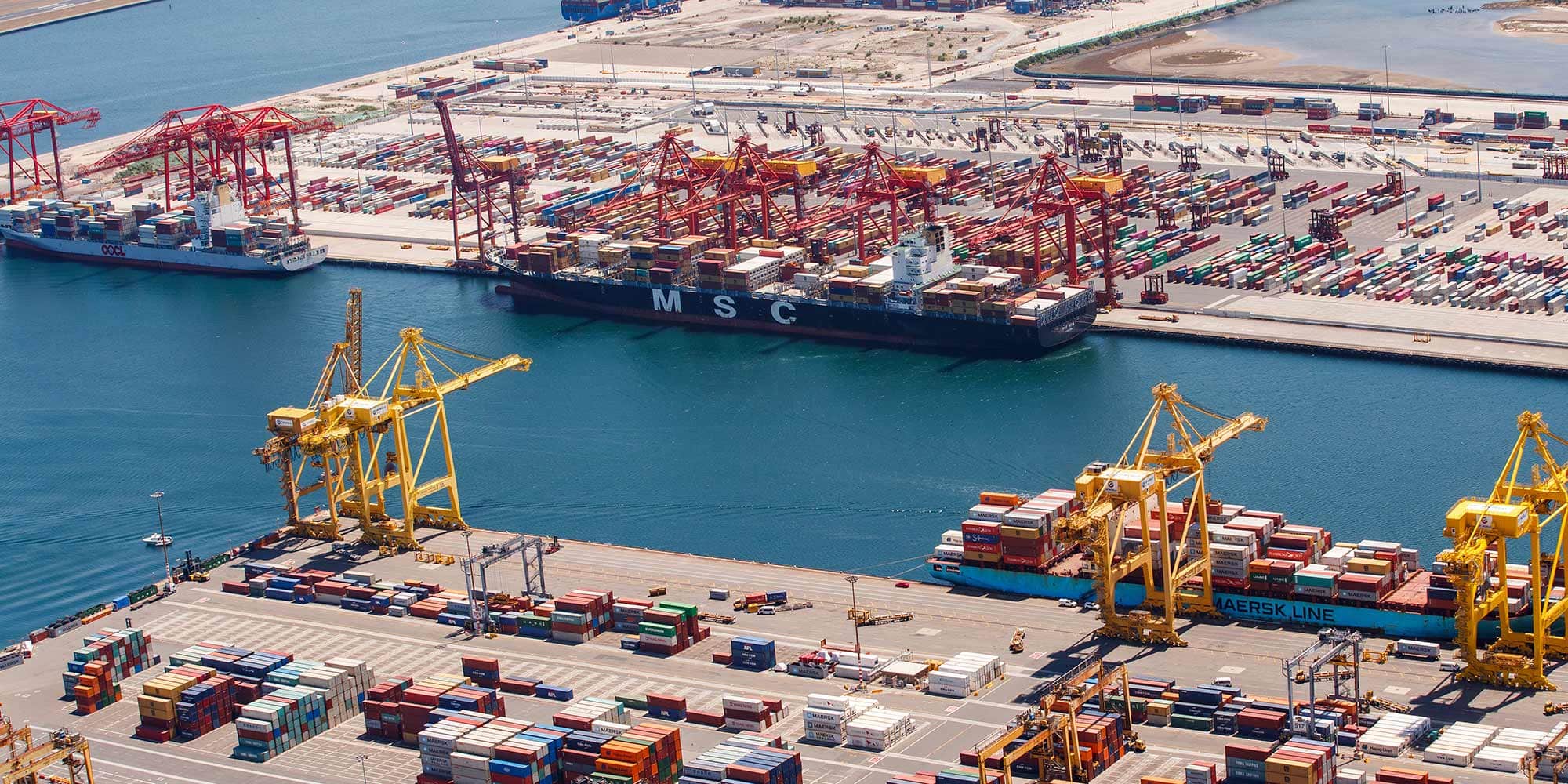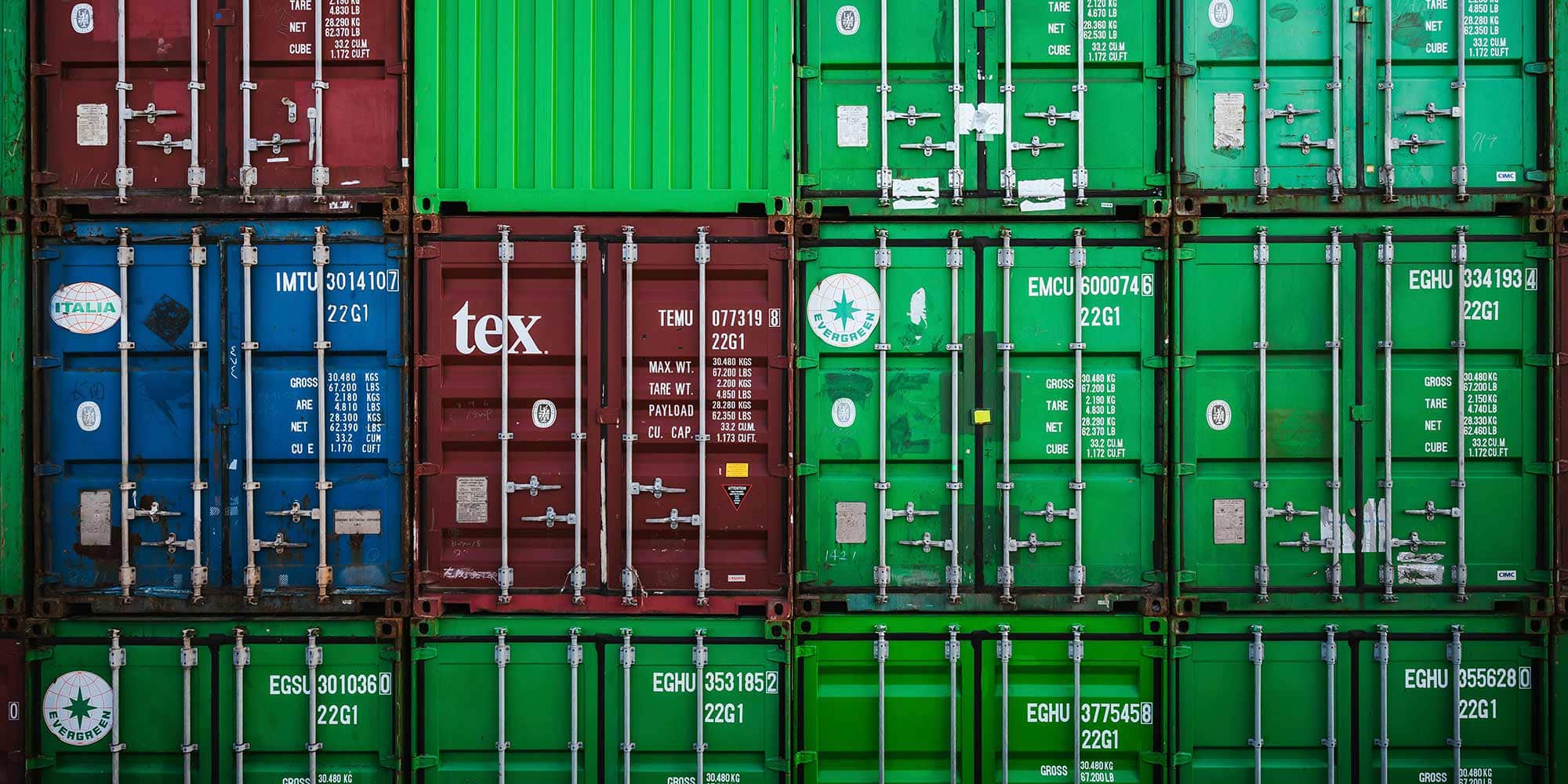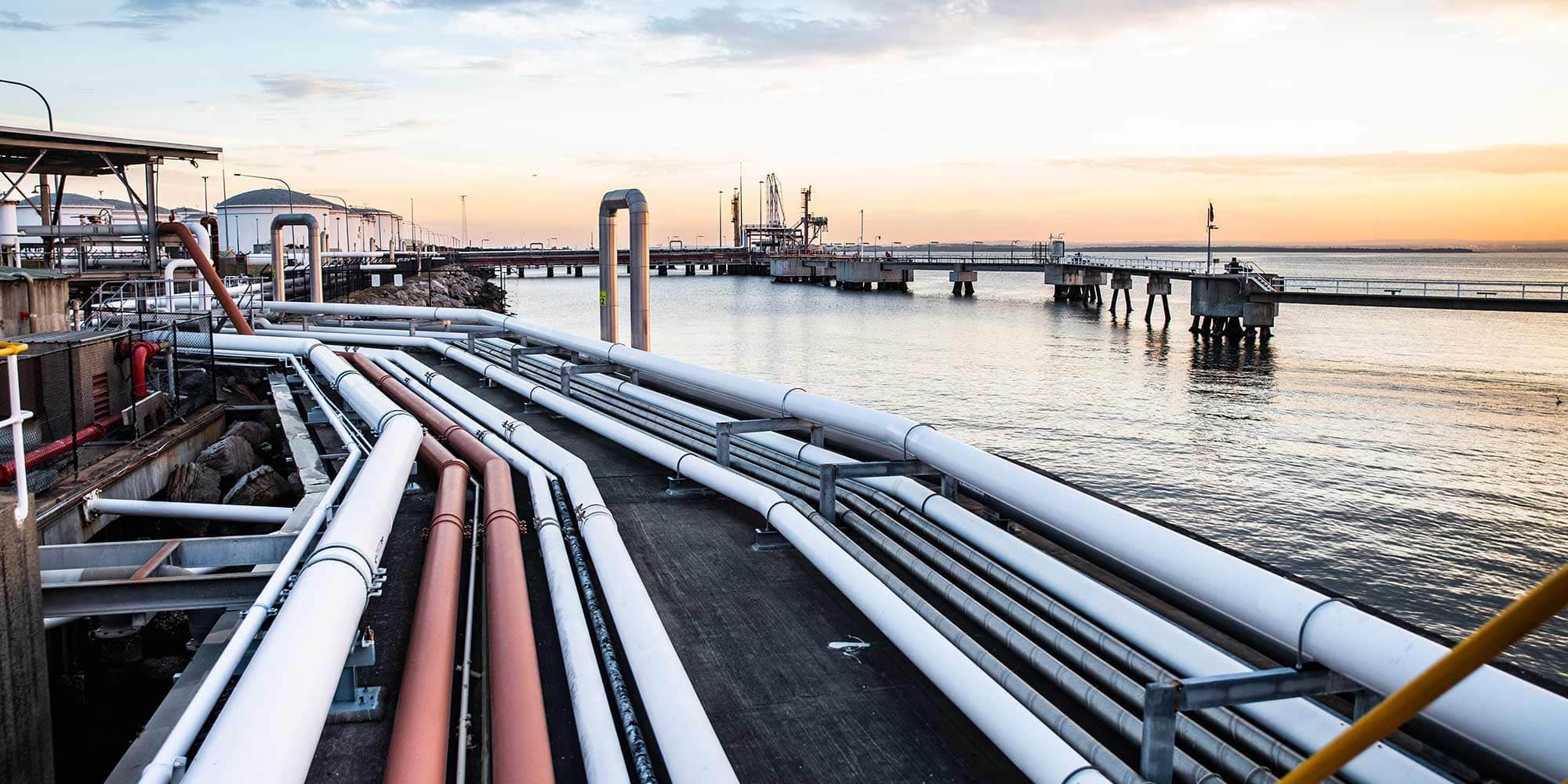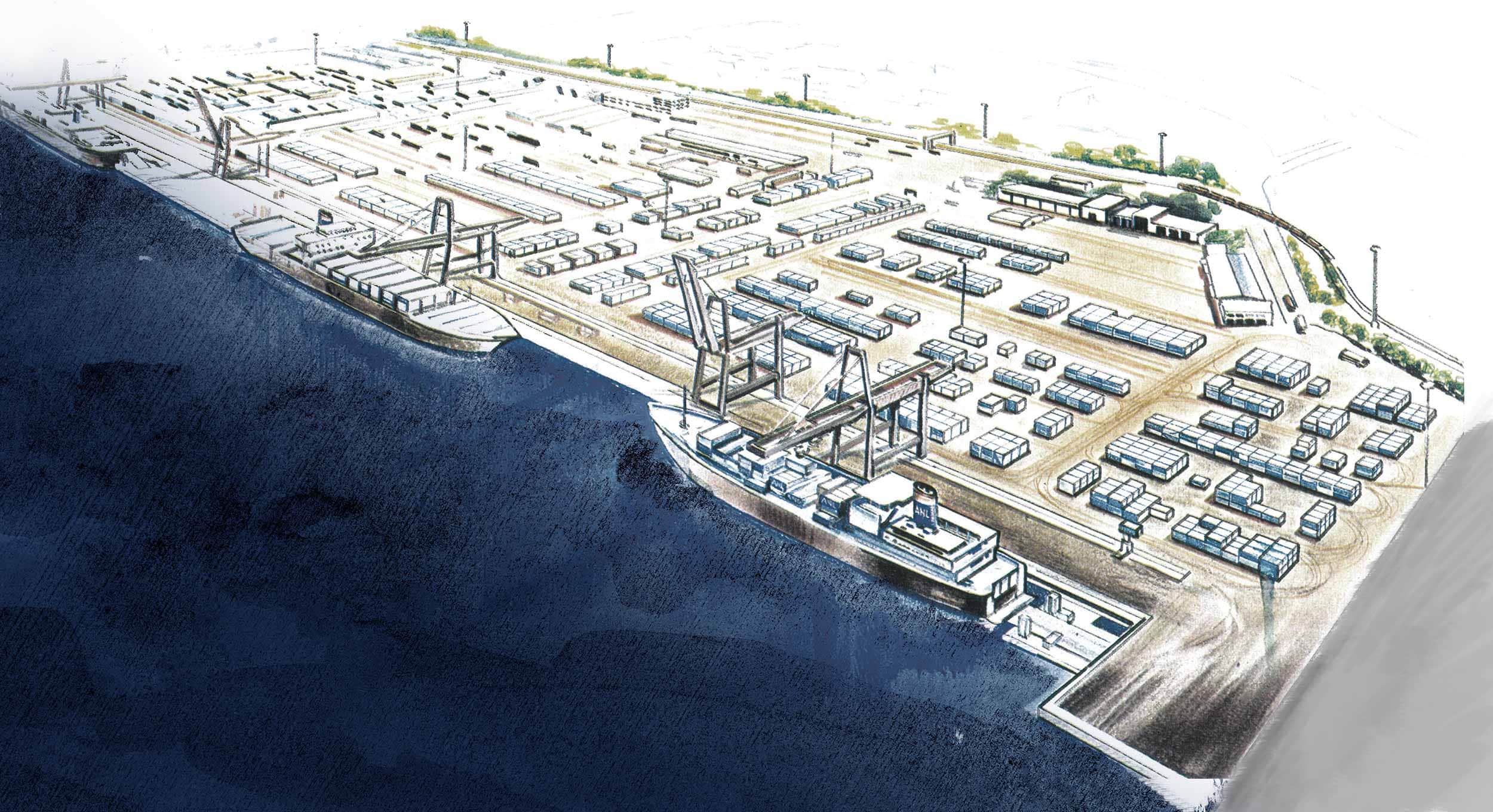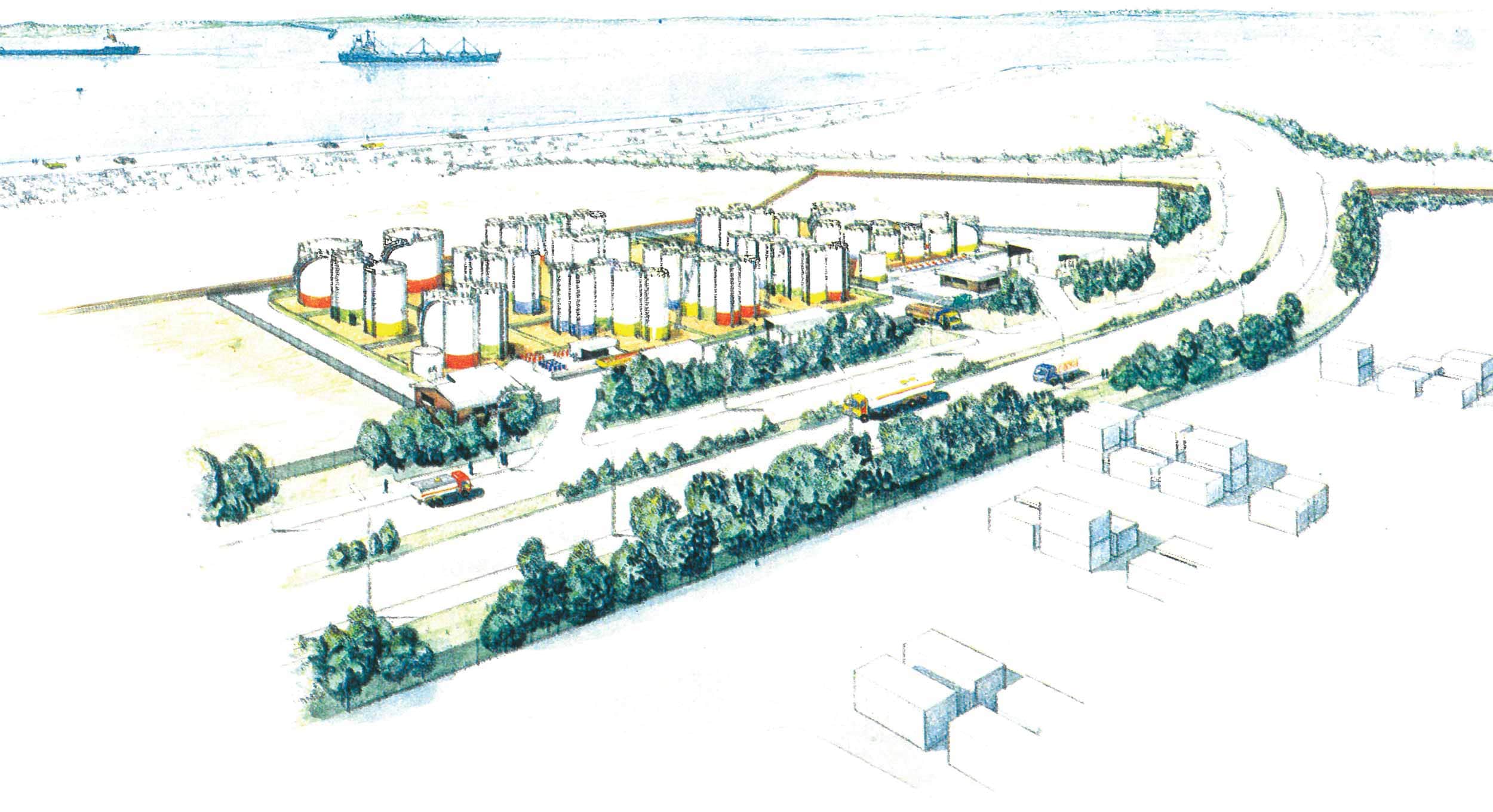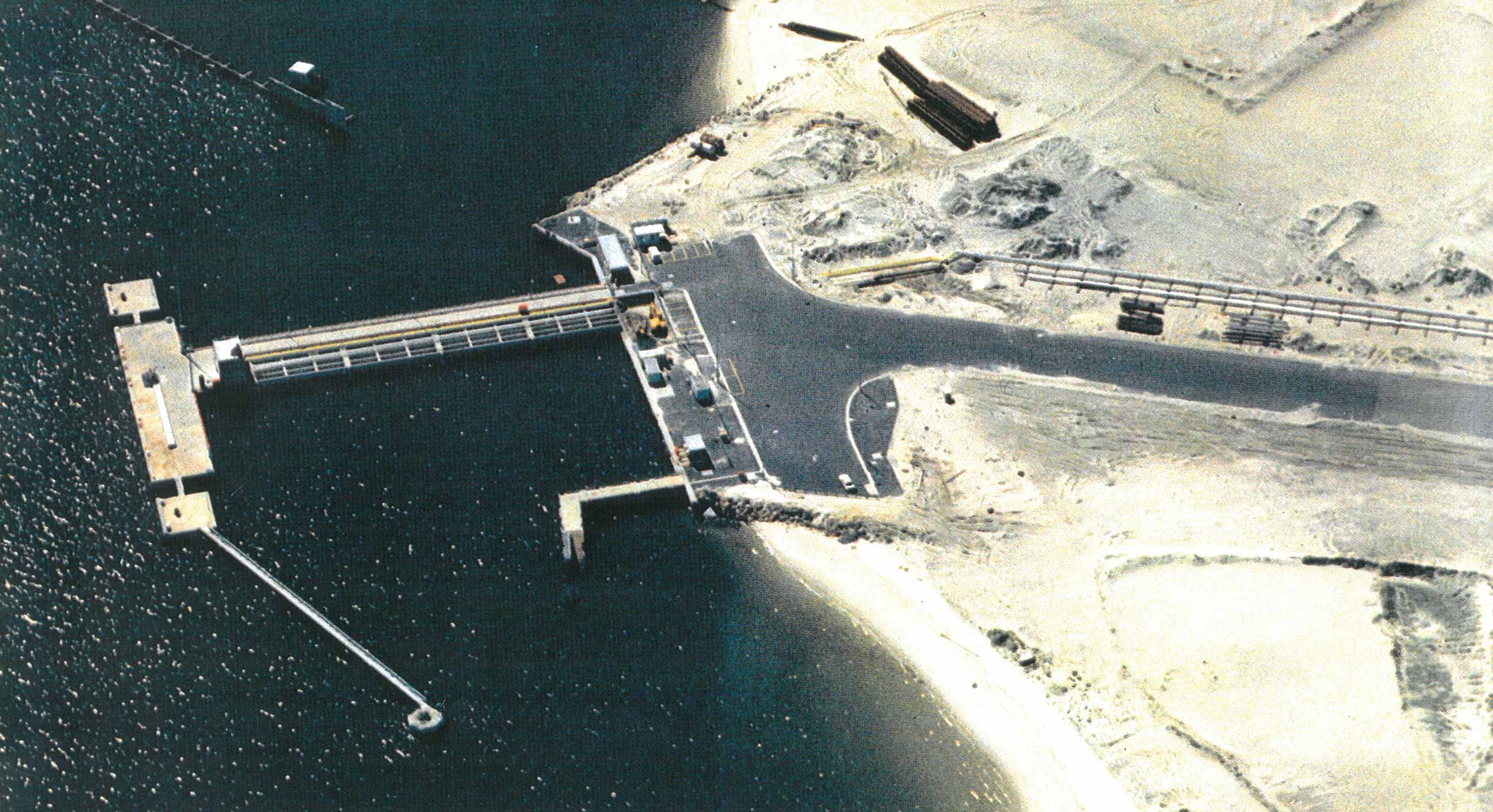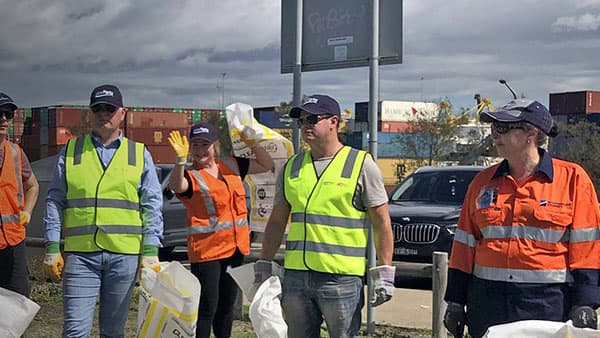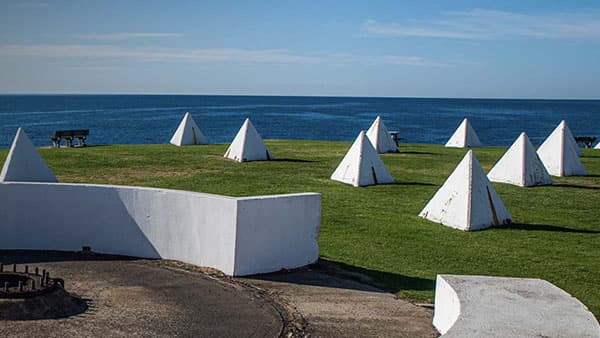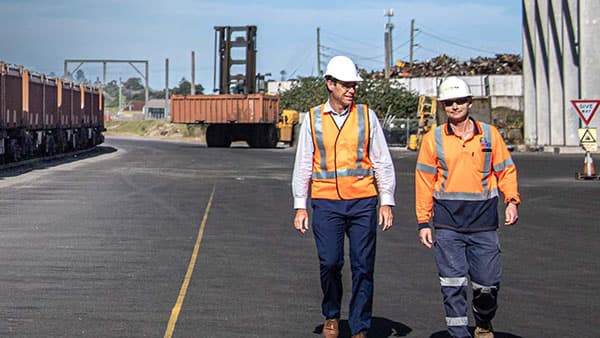Development approval for a major expansion of port facilities at Port Botany was secured in 2005 to allow the port to cater for long term trade growth. The $1 billion expansion project doubled Port Botany's container handling capacity.
The expansion project included:
- The design, construction, procurement and eventual awarding to Hutchison Port Holdings of the 3rd Stevedore contract.
- A grade separation on Penrhyn Road providing a safer and more efficient operational environment.
- The creation of the Banksia Street Pedestrian Overpass over the Port Botany freight line to ensure the safety of Botany residents.
Other features of the development include:
- 1,850m of additional quay line for 5 extra shipping berths
- 60 hectares of reclaimed container terminal land
- deep water berths with depths up to 16.5 metres
- dedicated road access to the new container terminal area
- Additional rail sidings providing rail access to the new terminal area
The development also included community facilities such as a state-of-the-art boat ramp, lookouts and pathways and environmental work including the rehabilitation and expansion of Penrhyn Estuary.







